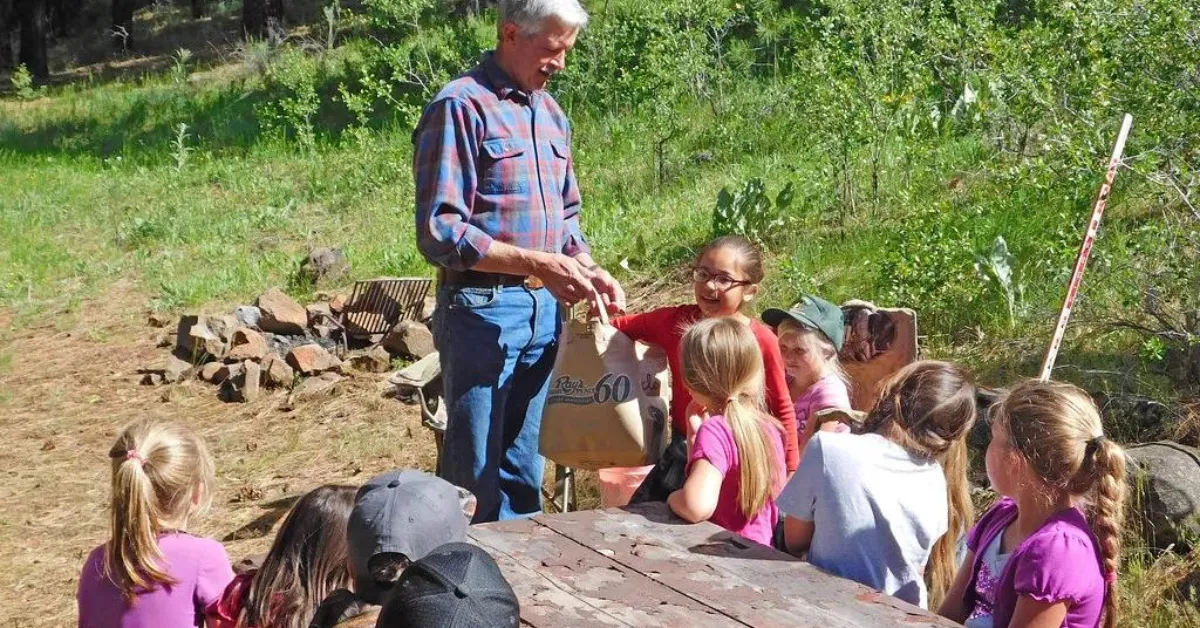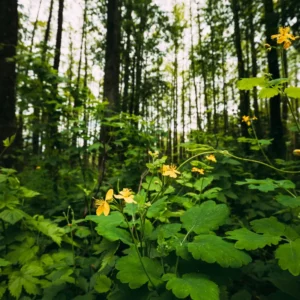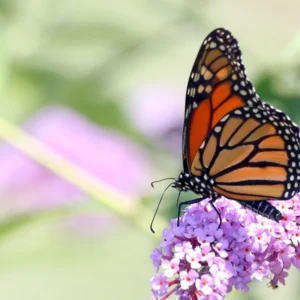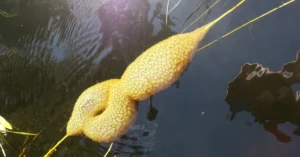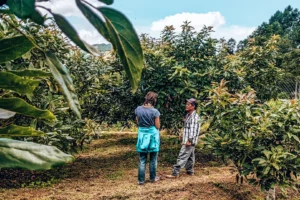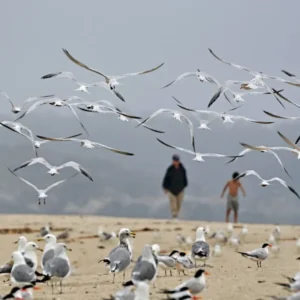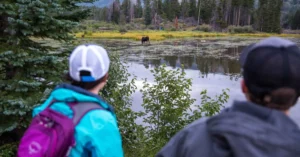Conservation means protecting our Earth. It’s crucial to teach children about looking after our planet. Engaging in Green Living Activities for Families is both fun and educational. It helps children understand the importance of nature and encourages them to be proactive about environmental care. This series of activities makes learning about sustainability engaging and accessible for all ages.
In this blog, you’ll find 35 simple DIY conservation projects for families. These projects are designed for families to do together.
They show easy, affordable ways to help the environment right from your home.
You don’t need special equipment or lots of money to start. Most projects use materials you already have around the house. By participating, kids will learn valuable lessons about sustainability through practical activities.
From building bird feeders to starting a rainwater collection system, there’s something for everyone. Get ready to make some amazing things and learn how each project helps our planet. Let’s start creating and learning!
1. Build A Bird Feeder
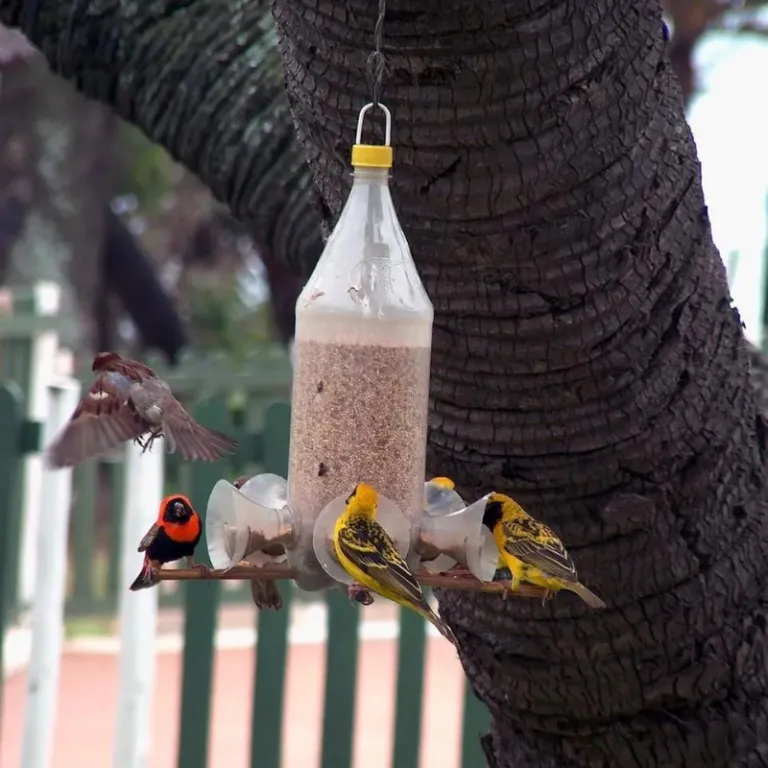
Gather the following supplies to assemble a bird feeder: bird seed, scissors, string, and a clean plastic bottle. First, carefully cut holes in the bottle large enough for birds to reach the seeds.
Next, fill the bottle with bird seed. Secure the string around the neck of the bottle. Finally, hang the feeder from a tree branch or a suitable outdoor spot.
This simple feeder will attract birds to your yard, providing a wonderful opportunity to observe local wildlife.
2. Family Herb Garden

Starting a family herb garden is one of the top green living activities for families to teach kids about growing food.
You’ll need small pots, soil, and herb seeds like basil, mint, and parsley. First, fill the pots with soil.
Then, plant the seeds according to the packet instructions. Place the pots in a sunny spot, either on a windowsill or outside. Water them regularly. As the herbs grow, you can use them to make meals tastier.
This family shows how easy and rewarding gardening can be.
3. Rainwater Collection System
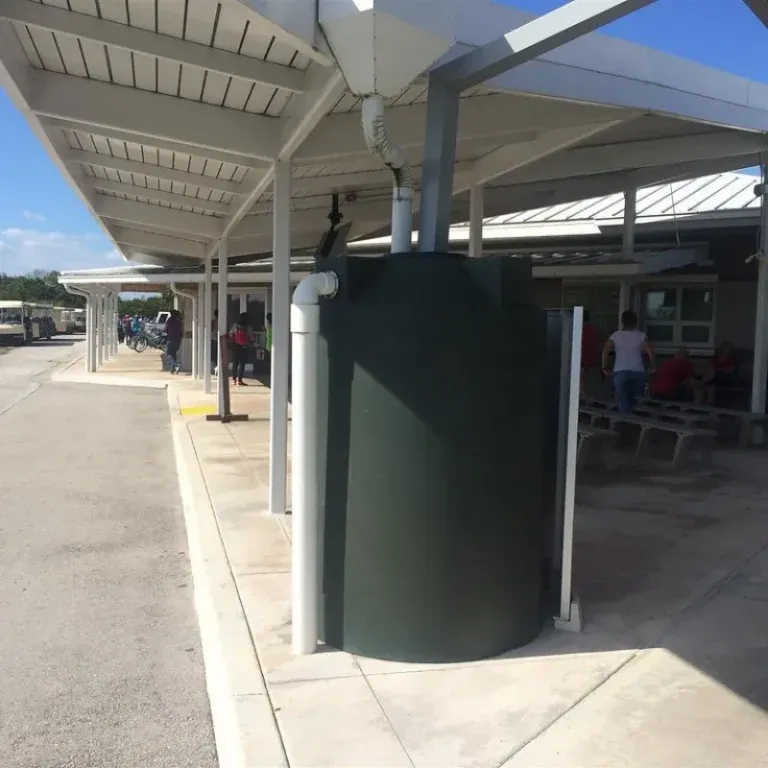
To set up a rainwater collection system, you need a large barrel, a gutter downspout, and a filter.
Place the barrel under a downspout where it can catch rainwater from your roof. Attach the filter to the downspout to keep leaves and debris out.
Use a lid to cover the barrel, keeping it clean and preventing mosquitoes. This system saves water and is perfect for watering your garden. It’s an easy way to teach kids about water conservation and sustainable living.
4. DIY Compost Bin

Creating a DIY compost bin is simple. You need a large bin with a lid, a drill, and compostable materials like fruit scraps, vegetable peels, and yard waste.
Drill holes in the bin for airflow. Place it in a shady spot. Add layers of green waste (kitchen scraps) and brown waste (leaves, cardboard).
Turn the compost regularly to mix and aerate it. Over time, these materials will break down into nutrient-rich compost for your garden. This project teaches kids about recycling and soil health.
5. Upcycling Old Clothes

Upcycling old clothes is fun and eco-friendly. Gather old T-shirts, jeans, and other fabric scraps. You’ll need scissors, a needle, and thread. Turn T-shirts into reusable shopping bags by cutting and sewing them.
Transform jeans into stylish cushions or patches for other clothes. You can also make fabric scrap quilts or rag rugs. These projects reduce waste and give new life to old items. Kids learn creativity and the importance of reusing materials.
It’s one of the finest green living activities for families to refresh your wardrobe and home decor.
6. Homemade Natural Pesticides
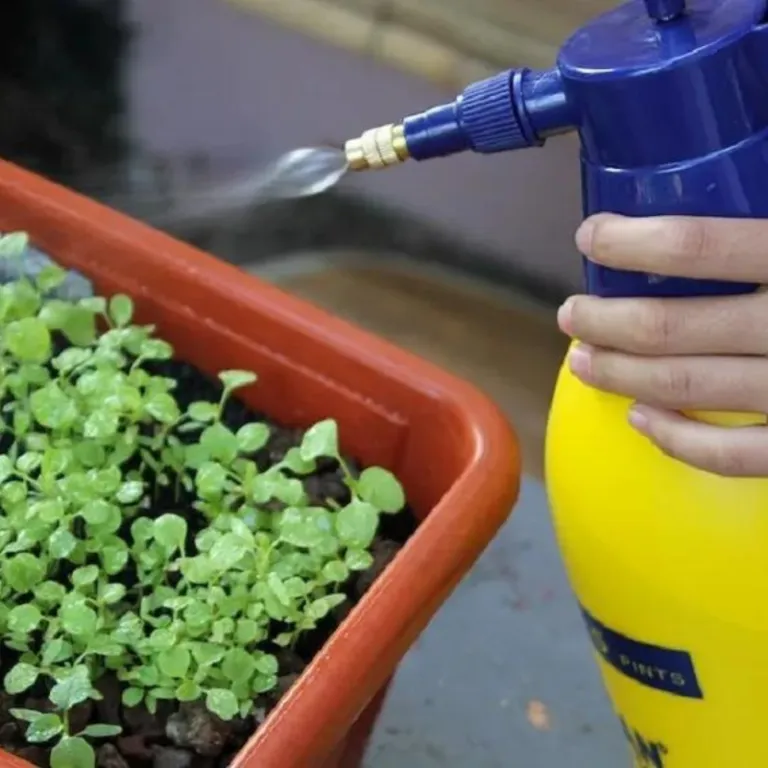
Making homemade natural pesticides is simple and safe. You’ll need ingredients like garlic, chili peppers, soap, and water. Crush garlic and chili peppers, then mix with water and a few drops of dish soap.
Let it sit overnight, then strain the mixture into a spray bottle. Spray this on plants to repel pests like aphids and caterpillars. This eco-friendly solution protects your garden without harmful chemicals.
Kids can help make and apply the spray, learning about natural ways to care for plants.
7. Solar Oven
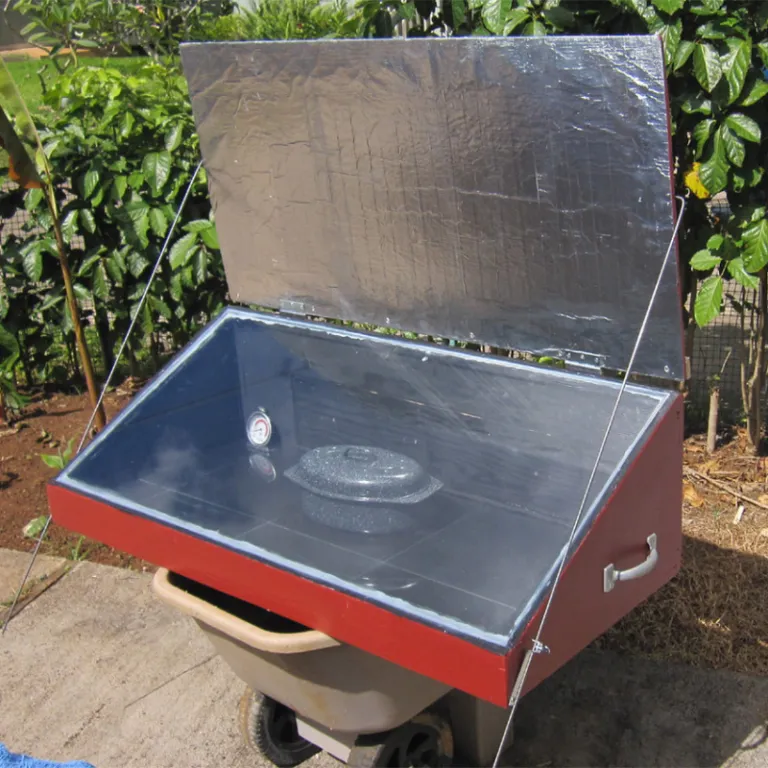
Building a solar oven is a fun project. You’ll need a cardboard box, aluminum foil, plastic wrap, and black construction paper. Line the inside of the box with black paper to absorb heat.
Cover the inner flaps with aluminum foil to reflect sunlight. Create a plastic wrap window on the top flap to trap heat. Place food inside and angle the box towards the sun. This eco-friendly oven uses solar energy to cook food, teaching kids about renewable energy and sustainability.
8. Plastic Bottle Greenhouse
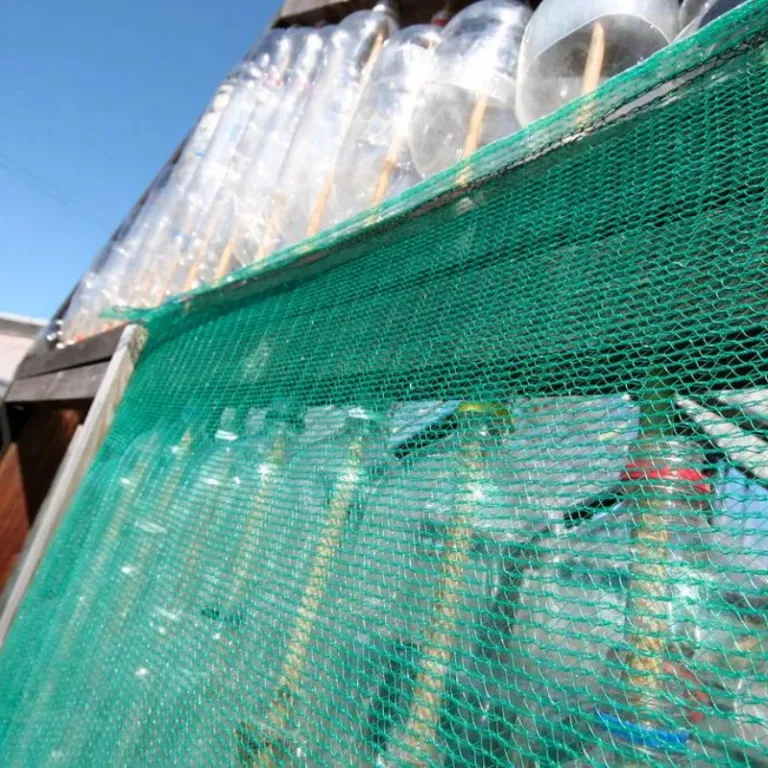
Creating a plastic bottle greenhouse is easy and educational. Gather several clear plastic bottles, a wooden frame, and some garden tools.
Cut the bottoms off the bottles and stack them to form walls, securing them to the frame. The bottles act as insulation, keeping plants warm.
Place the greenhouse in a sunny spot. This mini greenhouse helps seedlings grow faster and extends the growing season. Kids learn about recycling and how greenhouses create optimal conditions for plant growth.
9. Wildlife Habitat
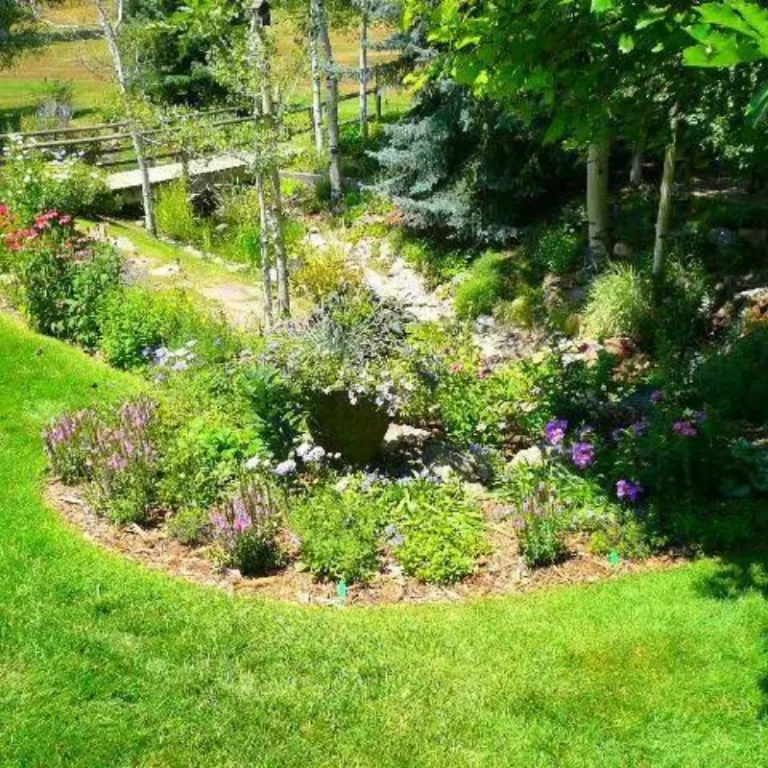
Creating a wildlife habitat in your yard is rewarding. You’ll need native plants, a shallow water dish, and natural materials like logs and rocks.
Plant native flowers and shrubs to attract birds and insects. Place the water dish for drinking and bathing. Add logs and rocks to provide shelter for small animals and insects.
This habitat supports local wildlife and teaches kids about biodiversity. Watching animals thrive in your yard with this one of quality green living activities for families is a great way to connect with nature and promote conservation.
10. Bee Hotel
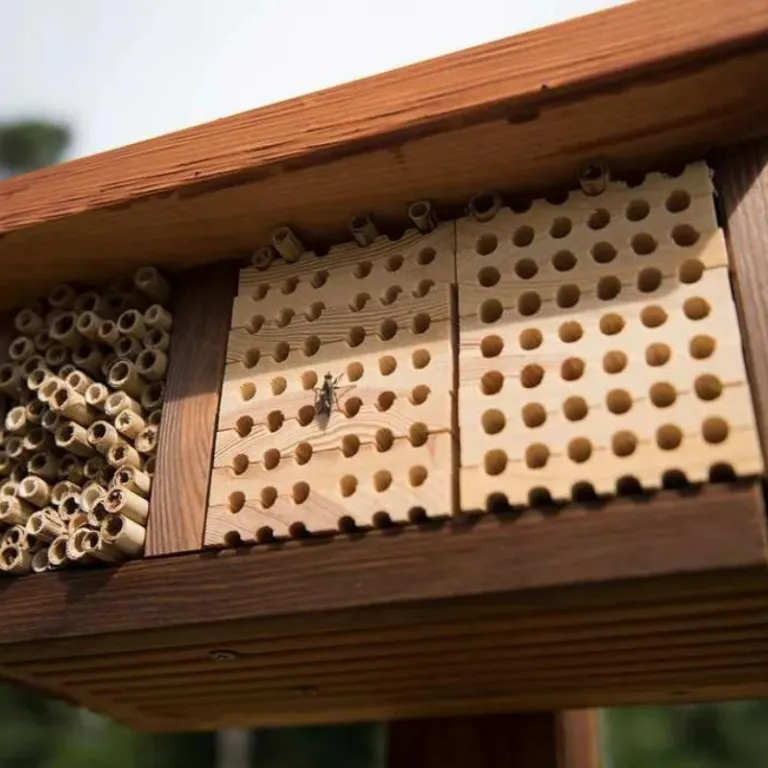
Building a bee hotel is a great way to support local pollinators. You’ll need a wooden box, bamboo canes, and a drill. Cut the bamboo into short pieces and pack them tightly into the box.
Drill holes of different sizes into the wood to create nesting spots. Hang the bee hotel in a sunny, sheltered area. Bees will use it to lay eggs and rest.
This project helps kids learn about bees’ importance in pollination and supports biodiversity in your garden.
11. Bat Box
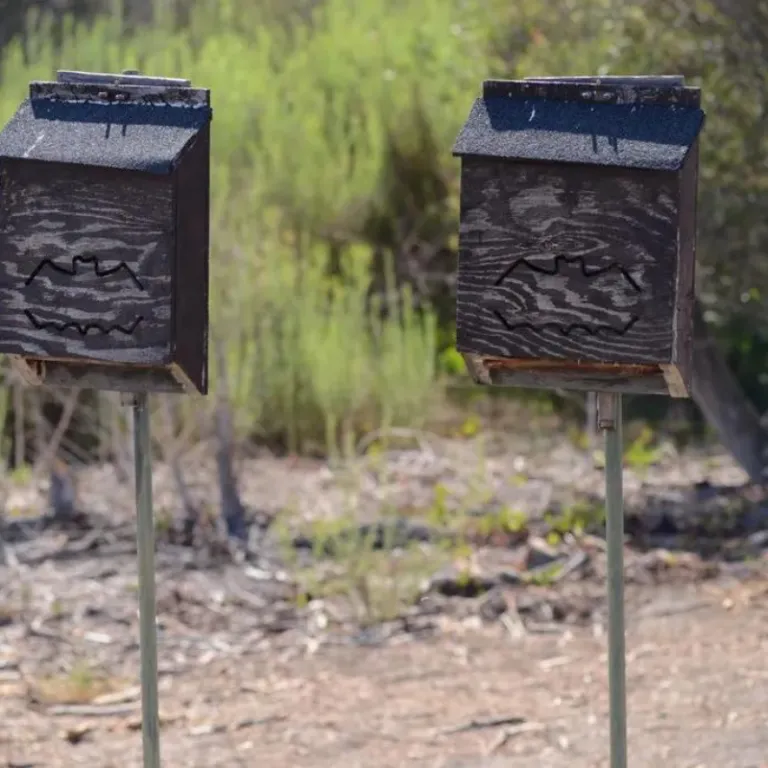
Building a bat box helps control insects naturally. You’ll need wood, a saw, screws, and a drill. Cut and assemble the wood into a narrow, tall box with a rough interior for bats to cling to.
Ensure there’s a small entrance at the bottom. Mount the bat box high on a tree or building, away from light. Bats will use it as a roosting spot.
This project helps kids understand the role of bats in pest control and promotes local biodiversity.
12. Recycled Birdhouses

Creating recycled birdhouses is simple and fun. Use materials like milk cartons, tin cans, or old wood. Decorate the outside with paint or markers.
Cut an entrance hole and add a perch if needed. Hang or mount the birdhouses in your garden. Birds will use them for nesting. This project teaches kids about recycling and provides safe spaces for birds.
Watching birds settle into their new homes is a rewarding experience and helps support local wildlife.
13. Worm Farm

Setting up a worm farm is easy and educational. You’ll need a plastic bin, newspaper, soil, and composting worms. Drill holes in the bin for ventilation.
Add shredded newspaper and soil to create bedding. Introduce the worms and add kitchen scraps like fruit peels and vegetable bits. Keep the bin moist and in a cool, dark place. Worms will turn scraps into nutrient-rich compost.
This project helps kids learn about composting and the benefits of worms in soil health.
14. Water Conservation Garden
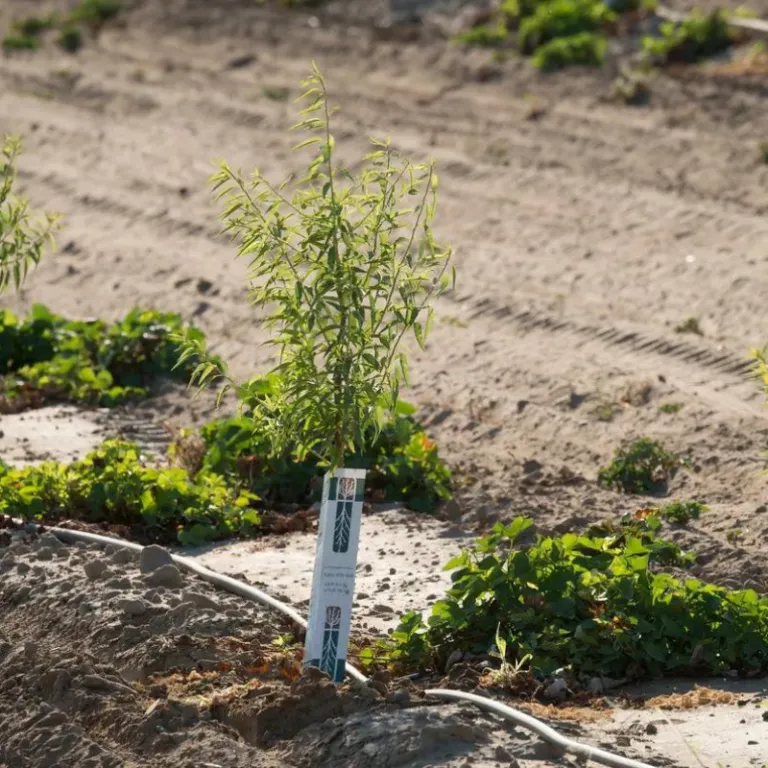
Designing a water conservation garden is simple. Choose drought-resistant plants like succulents and native species. Use mulch to retain moisture in the soil.
Install a drip irrigation system to water plants efficiently. Group plants with similar water needs together.
Teach kids about the importance of conserving water and how certain plants adapt to dry conditions. This garden reduces water use and helps the environment. It’s a great way for families to learn sustainable gardening practices.
15. Eco-Friendly Christmas Decorations

Making eco-friendly Christmas decorations is fun. Use natural materials like pinecones, dried oranges, and cinnamon sticks.
Create garlands, wreaths, and ornaments. Use biodegradable string and glue. Decorate with reusable items like fabric scraps and old ribbons. This project reduces waste and encourages creativity.
Kids learn the value of using natural and recycled materials. Your home will look festive and environmentally friendly, and you’ll create lasting memories while helping the planet.
16. Seed Bombs

Making seed bombs is a fun eco-friendly activity to promote plant growth. You’ll need clay, compost, and wildflower seeds. Mix the clay, compost, and seeds with water to form small balls. Let them dry.
Once dry, toss the seed bombs in areas that need more greenery. The seeds will sprout and grow into beautiful wildflowers.
This project teaches kids about plant life cycles and helps improve local habitats. It’s a simple and effective way to add beauty and biodiversity to your surroundings.
17. Natural Cleaning Products
Creating natural cleaning products is easy and safe. You’ll need ingredients like vinegar, baking soda, lemon juice, and essential oils.
Mix vinegar and water for an all-purpose cleaner. Combine baking soda and lemon juice for a scrubbing paste. Add essential oils for a pleasant scent. These cleaners are non-toxic and eco-friendly.
Kids can help mix and use the products, learning about the benefits of natural alternatives. This project reduces harmful chemicals in your home and protects the environment.
18. Energy Efficiency Audit
Conducting a home energy efficiency audit is simple. Start by checking for drafts around windows and doors. Seal gaps with weatherstripping or caulk. Inspect insulation in the attic and walls.
Replace old light bulbs with energy-efficient LEDs. Unplug devices when not in use. Teach kids how to monitor energy use and save electricity.
This project helps reduce energy consumption and lower utility bills. It’s a practical way to learn about energy conservation and make your home more sustainable.
19. Reusable Shopping Bags
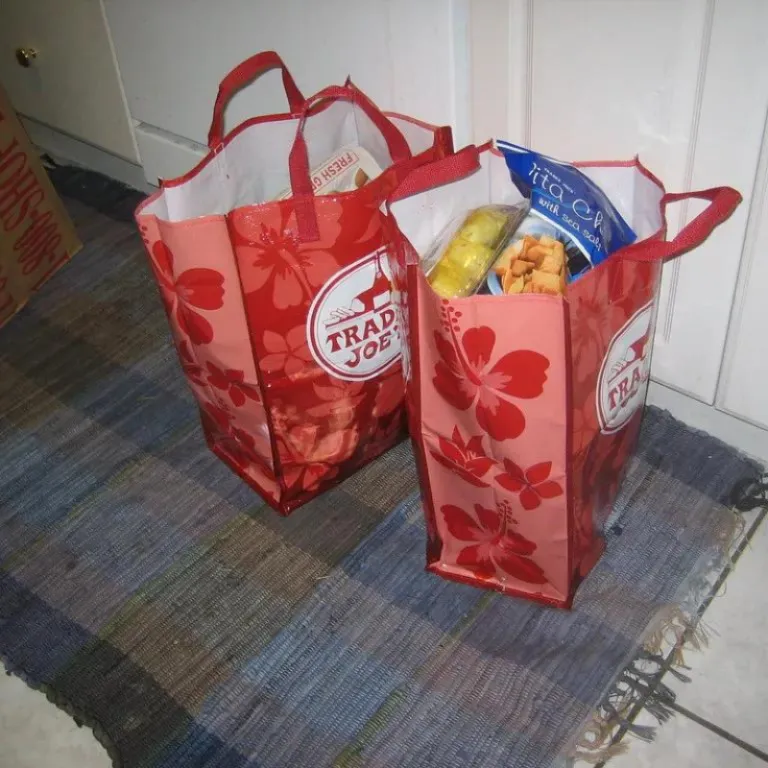
Making reusable shopping bags is a fun and useful project. Gather old T-shirts or fabric scraps. Cut and sew them into bag shapes, adding handles.
Decorate with fabric paint or markers for a personal touch. Use these bags instead of plastic ones when shopping.
This project helps reduce plastic waste and promotes sustainable habits. Kids learn sewing skills and the importance of reusing materials. It’s a creative way to contribute to environmental conservation and make unique, eco-friendly bags.
20. Upcycled Furniture
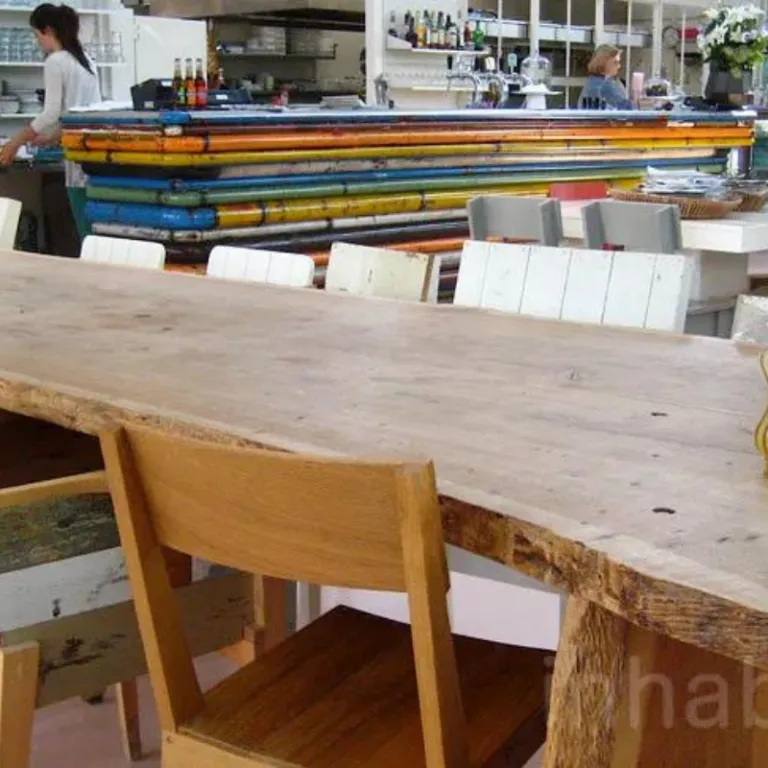
Transforming old furniture is rewarding and eco-friendly. Find an old chair, table, or dresser. Sand it down and repaint or stain it. Add new hardware or decorations for a fresh look.
This project gives new life to items that might otherwise be discarded. Kids can help with sanding and painting, learning about upcycling and creativity.
Upcycled furniture adds unique character to your home while reducing waste. It’s a practical way to practice sustainability and enjoy family time together.
21. Recycled Paper
Making recycled paper is fun and educational. Tear old paper into small pieces and soak in water overnight. Blend the soaked paper into a pulp.
Spread the pulp thinly onto a screen or fine mesh. Let it dry completely. Peel off your new paper.
This project teaches kids about recycling and the paper-making process. Use the recycled paper for crafts or cards. It’s a creative way to reduce waste and understand the importance of recycling materials.
22. Leaf Mulch

Creating leaf mulch is simple and beneficial for your garden. Collect fallen leaves and shred them with a lawnmower or by hand.
Spread the shredded leaves around your garden beds. Leaf mulch retains moisture, suppresses weeds, and adds nutrients to the soil as it decomposes.
Kids can help gather and spread the leaves, learning about natural soil enrichment. This project recycles yard waste and improves plant health, making it an easy way to practice sustainable gardening.
23. DIY Solar Water Heater
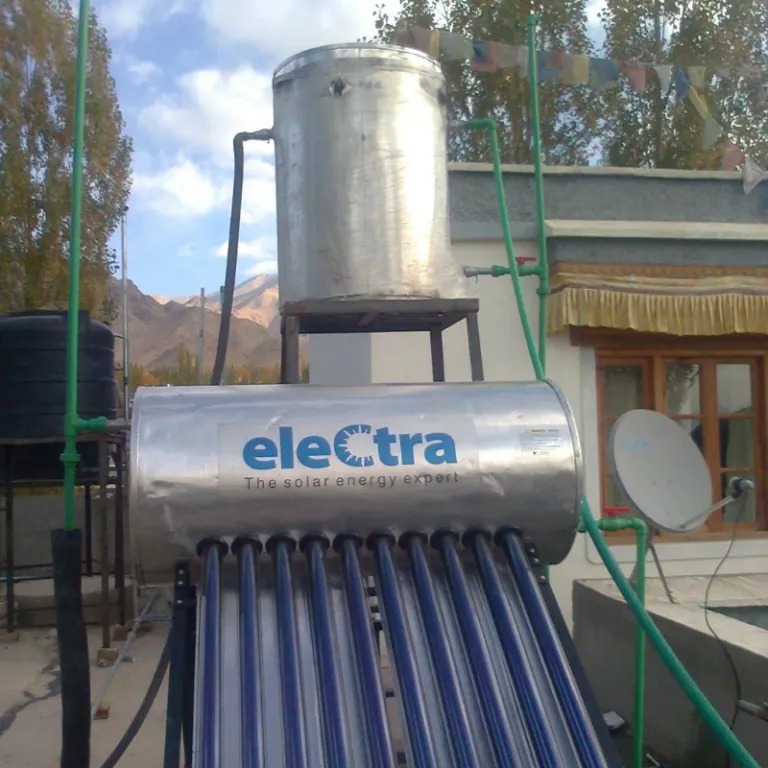
Building a DIY solar water heater is an exciting project. You’ll need a black hose, a wooden frame, and clear plastic.
Coil the hose inside the frame and cover it with the plastic. Place it in a sunny spot. The sun heats the water in the hose, providing warm water for outdoor use.
This project teaches kids about solar energy and renewable resources. It’s a practical way to harness the sun’s power and reduce energy costs for water heating.
24. Eco-Friendly Pet Toys
Making eco-friendly pet toys is fun and easy. Use old socks, fabric scraps, and natural materials like rope or wood. Sew or tie the materials into shapes that pets can play with. Add dried catnip for cat toys.
These homemade toys reduce waste and avoid harmful chemicals found in store-bought toys.
Kids can help design and create the toys, learning about sustainability and creativity. It’s a great way to keep pets entertained while promoting green living activities for families .
25. Garden Wind Chimes
Creating garden wind chimes is a creative project. Use items like old keys, metal utensils, and beads.
String them together and hang from a sturdy branch or frame. When the wind blows, the chimes create pleasant sounds. This project teaches kids about repurposing materials and enjoying nature.
It adds a decorative and musical element to your garden. Making wind chimes is a fun way to recycle household items and spend quality time crafting with the family.
26. DIY Drip Irrigation System

Setting up a DIY drip irrigation system is simple. Start with a plastic container, tubing, and small drip emitters.
Puncture holes in the container to insert the tubing. Attach the drip emitters to the tubing and strategically place them near the plant roots. Fill the container with water.
This system conserves water by delivering it directly to the plants, teaching kids about efficient watering methods and sustainability. This method effectively hydrates your garden and minimizes water waste, seamlessly with this one of the green living activities for families.
27. Recycled Tire Swing
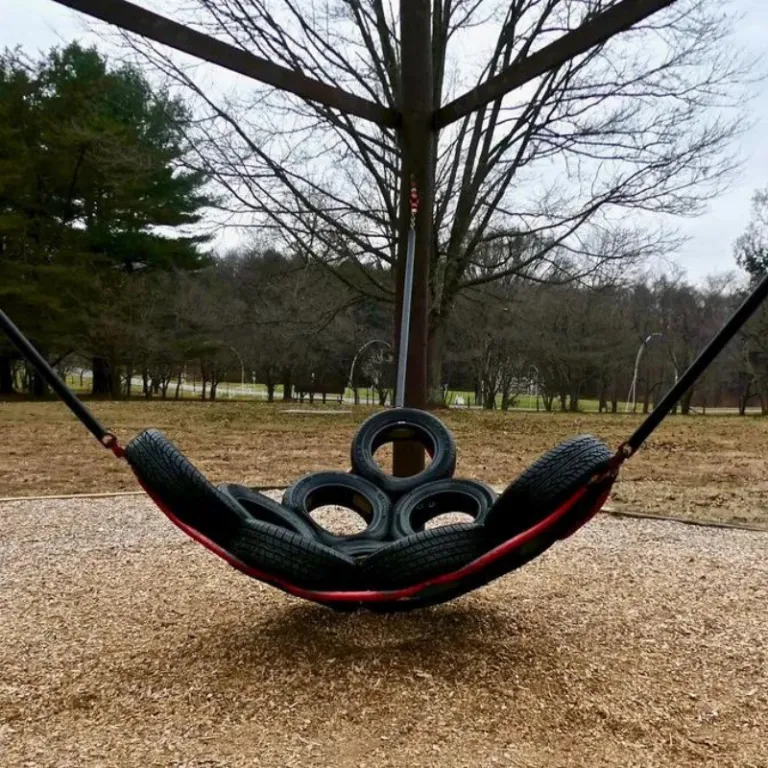
Building a recycled tire swing is a fun project. Find an old tire and clean it thoroughly. Drill drainage holes in the bottom. Attach strong ropes securely through the tire and tie them to a sturdy tree branch.
Ensure the swing is safe and balanced. Kids will enjoy playing on the swing, and it teaches them about reusing materials. This project promotes outdoor activity and recycling.
It’s a great way to create a fun play area while reducing waste.
28. Bird and Squirrel Feeders

Making bird and squirrel feeders is easy. Use pinecones, peanut butter, and birdseed. Spread peanut butter on the pinecones and roll them in birdseed.
Hang them in your garden with string. Birds and squirrels will enjoy the treat. Kids can help make and hang the feeders, learning about local wildlife.
This project provides food for animals and encourages kids to observe nature. It’s a simple and enjoyable way to support local wildlife and promote environmental stewardship.
29. Eco-Friendly Bird Bath
Creating an eco-friendly bird bath is simple. Use a shallow dish or old basin. Place it in a shady spot in your garden.
Add clean water and some stones for birds to perch on. Keep the water fresh and clean. Kids will love watching birds drink and bathe.
This project helps birds stay hydrated and encourages wildlife observation. It’s an easy way to support local bird populations and teach children about caring for the environment.
30. Newspaper Seedling Pots

Making newspaper seedling pots is easy and eco-friendly. Roll strips of newspaper into small pots and secure the bottoms.
Fill with soil and plant seeds. Place the pots in a sunny spot and water regularly. As seedlings grow, transplant them directly into the garden with the newspaper pots. The pots decompose and enrich the soil.
Kids learn about plant growth and recycling. This project is a sustainable way to start seeds and reduce plastic use in gardening.
31. Reusable Beeswax Wraps
Making reusable beeswax wraps is simple. You need cotton fabric, beeswax, and an oven. Cut the fabric into squares.
Grate beeswax and sprinkle it evenly on the fabric. Place the fabric on a baking sheet and heat in the oven until the wax melts. Use a brush to spread the wax evenly.
Let it cool and harden. These wraps replace plastic wrap for food storage. Kids learn about reducing plastic waste and creating sustainable kitchen solutions.
32. Mason Jar Herb Garden
Creating a mason jar herb garden is fun and an easy eco-friendly activity. Gather mason jars, soil, and herb seeds like basil, mint, or parsley.
Fill the jars with soil and plant the seeds according to the instructions. Place the jars in a sunny spot, like a windowsill. Water them regularly.
This project teaches kids about growing herbs and the importance of fresh, homegrown food. It’s a great way to have a mini garden indoors and enjoy fresh herbs year-round.
33. DIY Nature Journal

Making a DIY nature journal is a creative project. Use a notebook or make one from recycled paper. Decorate the cover with natural materials like leaves, flowers, or drawings.
Throughout the outdoor living activities for families, encourage children to record their observations of plants, animals, and weather. They can include sketches, pressed flowers, or notes about their findings.
This project fosters a love for nature and enhances observational skills, making it a wonderful way for kids to document their outdoor adventures and learn more about their environment.
34. Natural Dye Making
Creating natural dyes is a fun and educational green living activity for families. Use plants like berries, spinach, and turmeric.
Boil the plant material in water to extract the color. Strain the liquid and use it to dye fabrics or paper. Experiment with different materials to see the variety of colors they produce.
Kids learn about natural alternatives to chemical dyes and the process of extracting colors from nature. This project encourages creativity and an appreciation for natural resources.
35. Homemade Air Fresheners
Making homemade air fresheners is easy and eco-friendly. You need baking soda, essential oils, and small jars. Fill the jars halfway with baking soda and add a few drops of your favorite essential oil.
Stir well and cover the jars with breathable fabric, securing with a lid ring. Place them around your home. Kids can help mix and choose scents.
This project reduces chemical use and keeps your home smelling fresh. It’s a simple way to teach kids about natural, non-toxic solutions.
Final Thoughts
Engaging in DIY conservation projects as a family is rewarding. These activities teach kids about sustainability and caring for Mother Earth. They promote creativity, learning, and quality family time.
Each project, from building bird feeders to making homemade air fresheners, shows that small actions can make a big difference.
Inspire your family to participate in several green living activities for families and enjoy the benefits of protecting the environment together. You contribute to a healthier planet for future generations by making eco-friendly choices.

